Maritime Mystique: 45 Captivating Marvels Of The Oceanic Realm
Watching the waves ebb and flow while at the beach is one of the most beautiful sights in the world. It’s amazing how an enormous mass of water contains so much life and is vital for the survival of sea creatures within it. Besides being essential to the survival of fish, other sea animals, and mankind as a whole, oceans provide a source of leisure and entertainment for all. In literature, floating in the ocean is a metaphor for being without care and submitting or accepting life circumstances. Life as a whole remains a mystery, and the ocean is one big question itself. Although some of these questions remain unknown, a few answers present themselves to us. If you’re interested in the ocean, take a deep dive with us in this article because you’re about to learn so much about this water body. Join us as we explore 45 interesting facts about the ocean.
Pantry Ingredients
Give a nod to the ocean anytime you happen to be just passing. Living in the vast expanses of the ocean is an organism called red algae. Without the species in this phylum, we wouldn’t have spreadable butter or toothpaste.
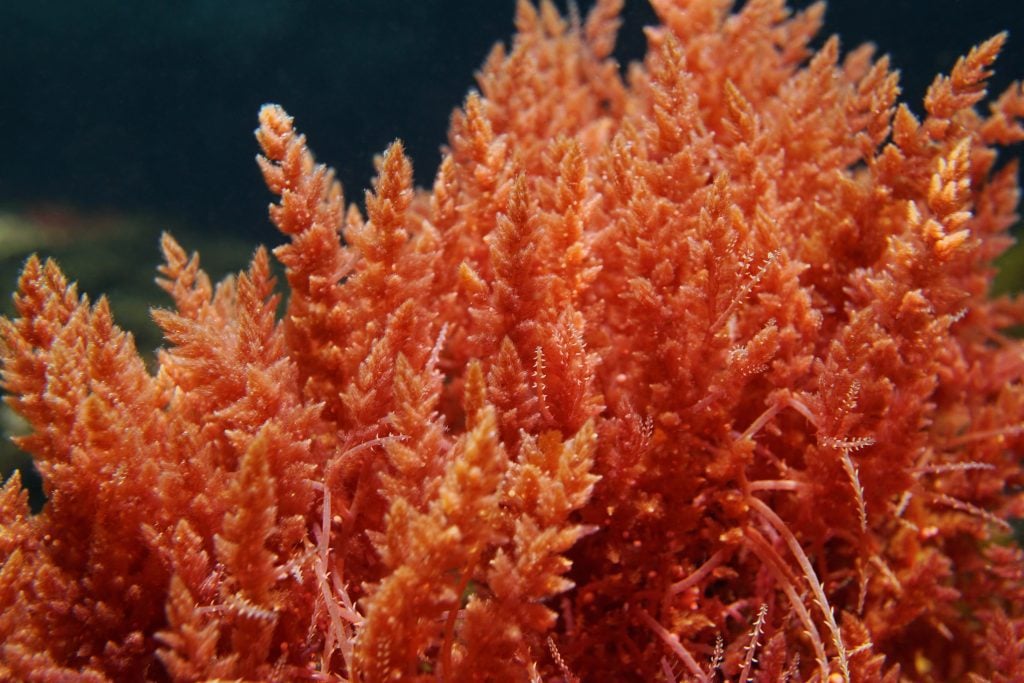
The compound utilized for the production of these domestic products, carrageenan, is derived by boiling red algae — the most commonly used is Chondrus crispus. This compound breaks down the friction of sliding butter against bread and toothpaste across a toothbrush. Several other domestic products are concocted with this chemical compound.
Not-so Salty
The fact that there is salt in the ocean isn’t news. If you’ve taken a swim in the ocean, you’ve likely experienced it for yourself if you got water in your mouth or eyes. The stinging sensation might lead you to believe that the ocean is very salty. However…
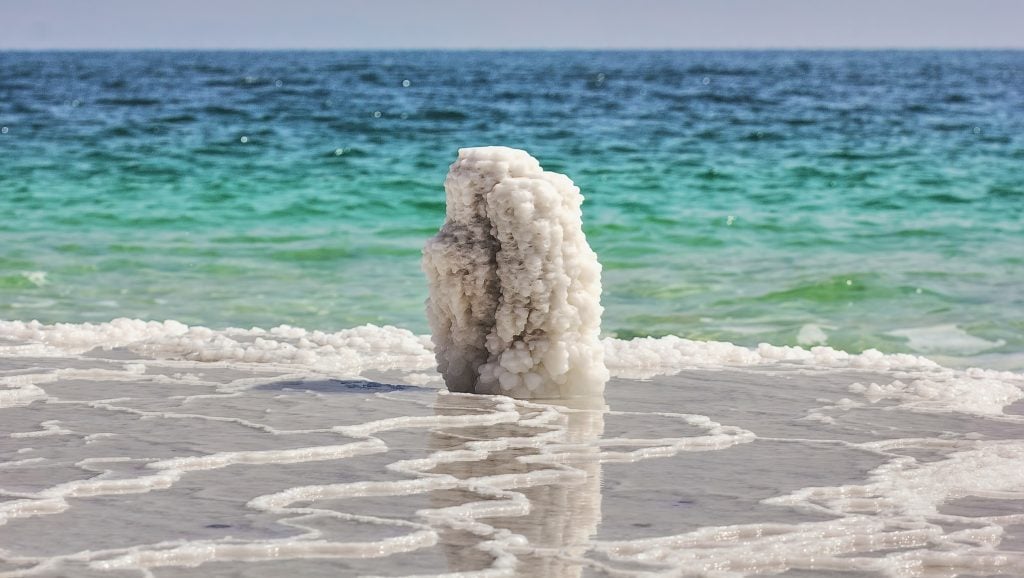
The ocean isn’t actually as salty as you might think. Freshwater contains a salinity of 0 ppt, ocean water has up to 35 ppt. This comprises a mere average of 3% salt content. This picture, taken at the Dead Sea, couldn’t happen in the ocean. It’s not salty enough.
The World’s Biggest Waterfall
Angel Falls in Venezuela is recognized as the world’s biggest waterfall, with a height of 3,230 feet. However, a much larger waterfall resides in the Denmark Strait, which is situated somewhere between Iceland and Greenland. It’s as big as it is elusive — most images online of the famous waterfall are actually an optical illusion in Mauritius.
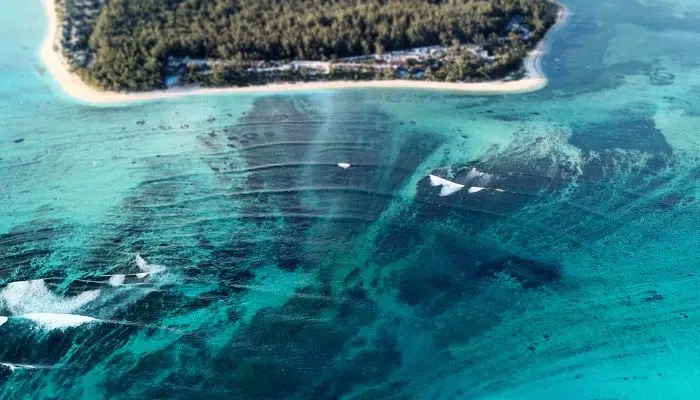
A huge rock beneath the water is responsible for the waterfall formation. Water flowing over the rock, suddenly dips down a height of 10,000 feet, creating a waterfall. Although there is no clear image of the phenomenon itself, this representation showing the relative scale of the waterfall is still rather impressive.
Light Zones
The prevalence of sunlight underwater is split into three zones according to the degree of illumination. The first zone, called the Euphotic Zone, is well-illuminated and extends up to 650 feet. The second zone is dimly lit and extends another 2,700 feet; it is called the Disphotic or Twilight Zone.
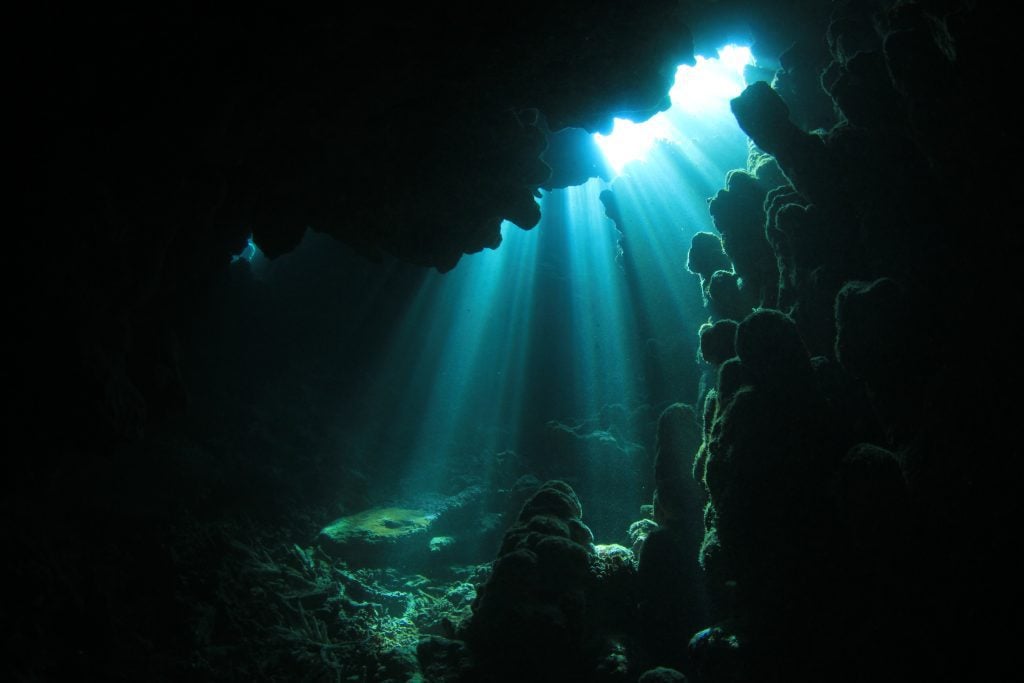
Finally, past 3,250 feet below the surface lies the Midnight or Aphotic Zone. No ray of sunlight touches this area, leaving it shrouded in darkness. With the complete absence of natural light, some animals use bioluminescence to attract their prey, something that could not be so easily done in the presence of sunlight.
The Bloop
Asides from the sounds of crashing waves on the coast, the ocean makes a lot of other incredible sounds. In 1997, a deep underwater sound dubbed “The Bloop” was captured using special equipment by the National Oceanic and Atmospheric Administration. This mysterious sound remained unidentified for almost a decade.
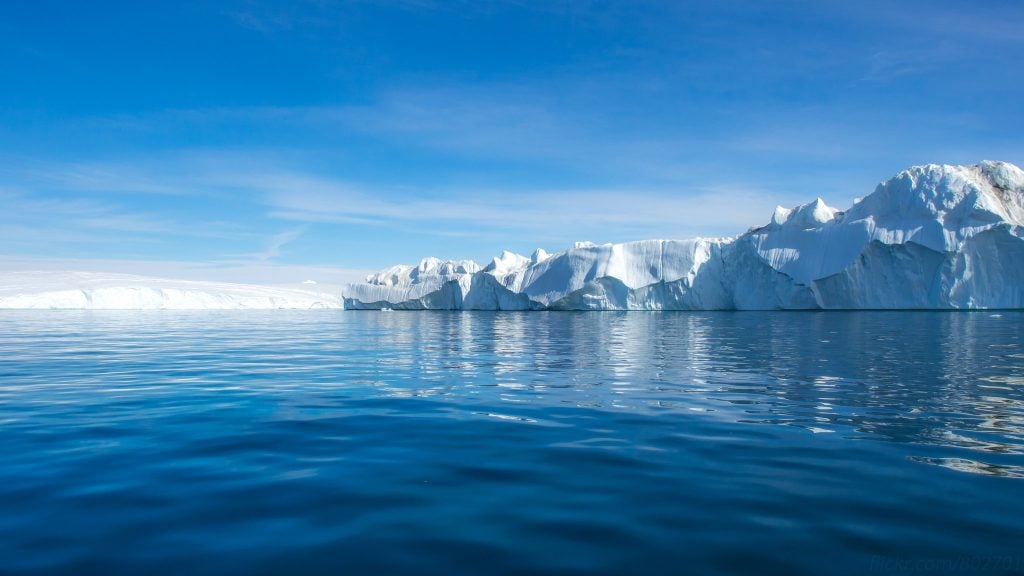
In 2005 the question was finally answered. “The Bloop” wasn’t some deep-sea monster but was, in fact, the sound of an icequake. The mysterious sound was the result of an iceberg breaking away from a glacier in Antarctica. We wonder if the original oceanographers were excited or disappointed to finally know what caused “The Bloop.”
Oxygen Supply
Despite what we learned in school, trees aren’t the only sources of oxygen on this planet. According to scientists, a major portion of the oxygen we inhale comes from marine plants — mainly seaweed, kelp, and phytoplankton. It’s estimated that these oceanic plants are responsible for 70% of our oxygen supply, while rainforests provide 28%.
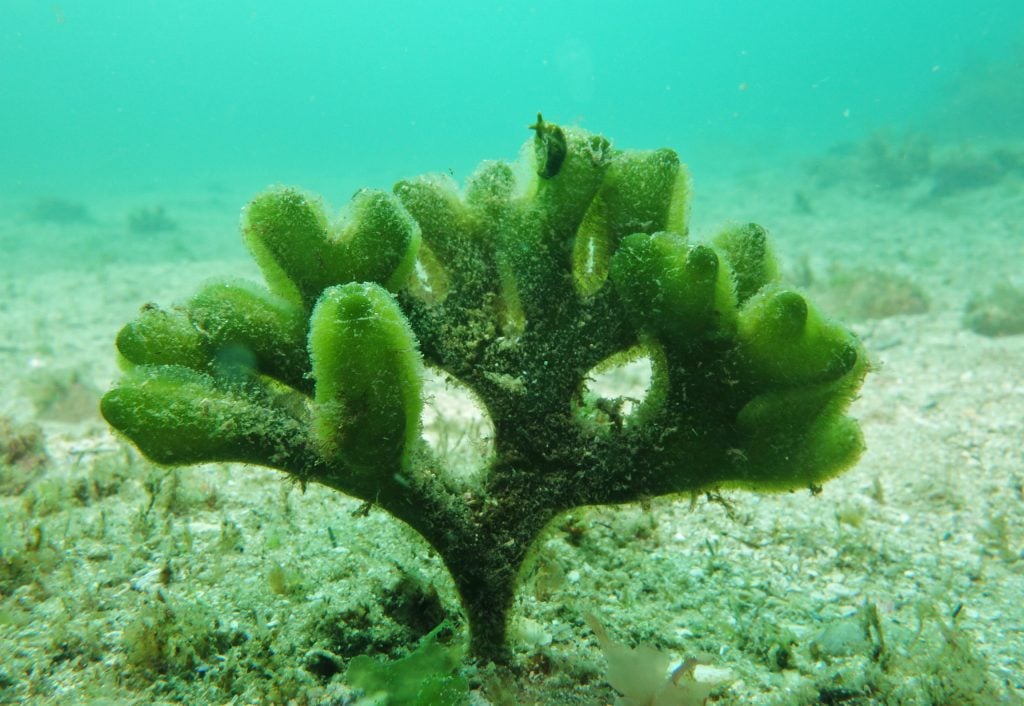
Oxygen happens to be a byproduct of a process required for sustaining plants. Remember photosynthesis from high school biology? In short, sun rays and carbon dioxide are broken down into sugars and oxygen. This is the same oxygen that keeps us going…so we can do things like look at cool pictures of the ocean.
Longest Lifespan
Another oceanic record-breaker is the mammal with the longest lifespan — bowhead whales are at home in their natural habitat in the Arctic Ocean, where they can live for over 200 years. They rank up as the second-longest living animal in the world, only behind the North Atlantic clams, which can live for up to 500 years.
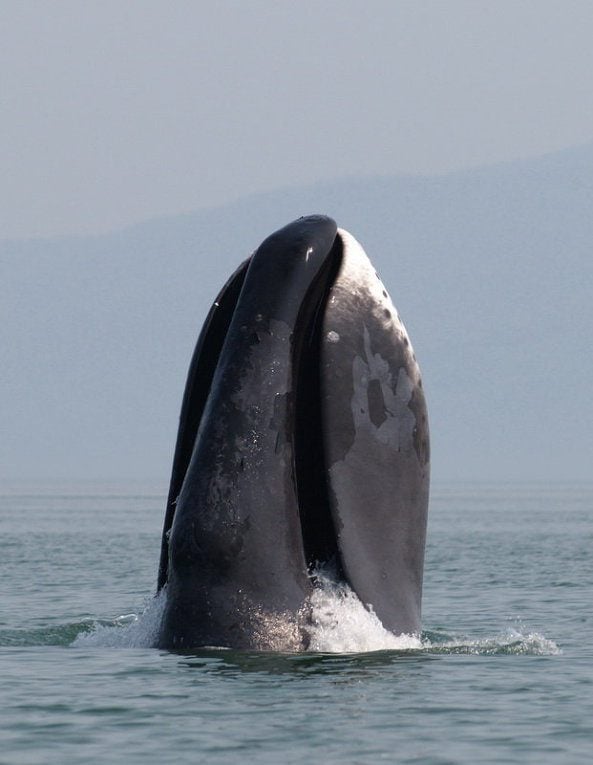
However, the number two ranking is only true if one doesn’t include colonial creatures such as coral that can live up to 4,000 years. Bowhead whales may seem old to us, but compared to coral, the whales must feel fleeting.
Goldilocks Zone
One of Earth’s peculiarities amongst other plants in our solar system is the presence of liquid water in its surrounding atmosphere. Based on scientific study, Earth happens to reside in a specific zone, with all the right conditions that prevent the evaporation of its atmospheric water content into space.
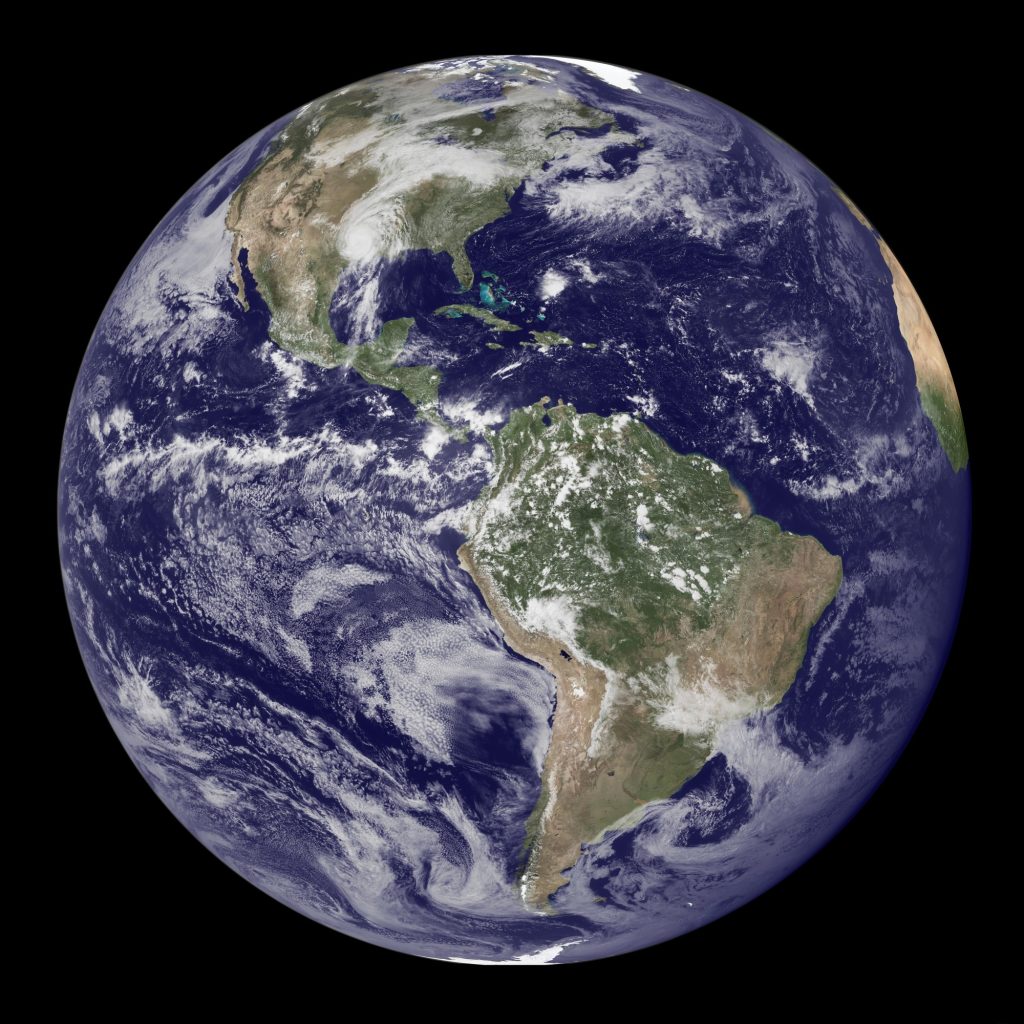
To be clear, we are not speaking about clouds in this case. Clouds maintain the cycle of the ecosystem by storing up evaporated water to be released on rainy days. However, “Goldilocks” are distinct and exist on atmospheric layers much higher than cloud formations.
Surface Temperature
It’s no surprise that the ocean’s surface temperature isn’t uniform throughout the globe. Factors such as water altitude, location, and salinity all play a role in the temperature at any given point. Including data points from all over the globe, the average surface temperature is 62.6 degrees Fahrenheit.
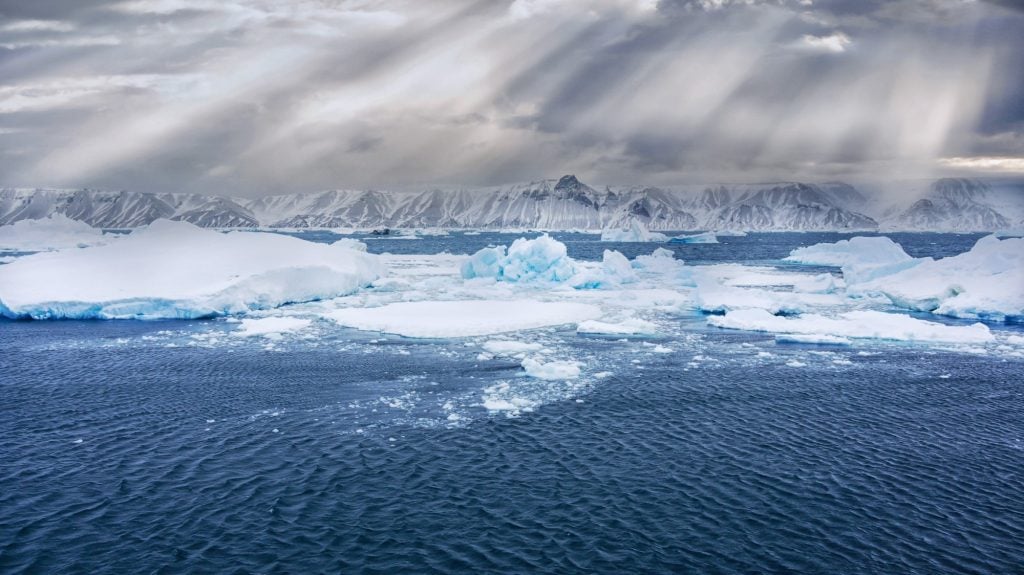
High-altitude waters, like the polar sea, record temperatures as low as 28 degrees, while low-altitude waters, the Persian Gulf, for example, have temperatures as high as 98 degrees. The salt content of water reduces its freezing point, although polar regions still freeze somewhere around 28.5 degrees.
Living Organisms Inside the Ocean
Interacting with terrestrials your whole life makes it easy to forget there’s a whole world out there besides land dwellers. In fact, 94% of Earth’s life is aquatic! Since 71% of the Earth’s surface comprises water, it intuitively becomes reasonable for a more significant fraction to be water-dwelling creatures.
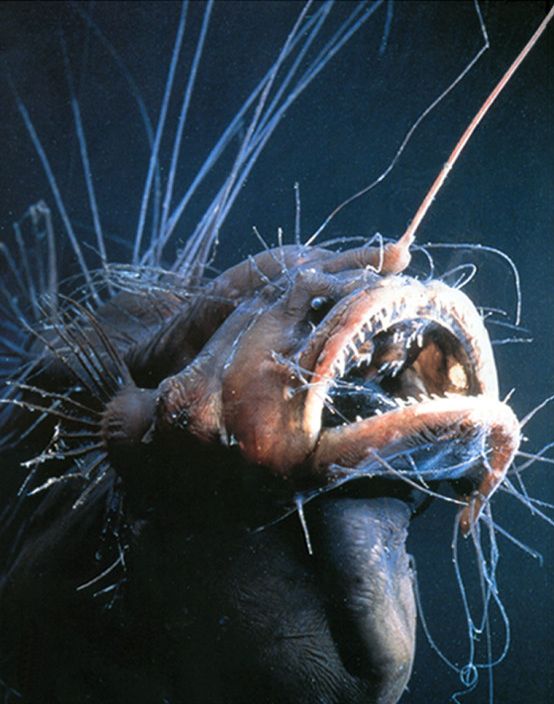
And the deeper it gets, the stranger those creatures become. Here we have an anglerfish — to be more precise; this is a female Caulophryne pelagica. When it comes to anglerfish, the females are the large ones, with bioluminescent lures, while the males are basically parasites on the female.
Sound and Communication
According to scientific research and study, sound travels five times faster in water than land. Since water is a denser medium than air, the particles required to propagate sounds are held closer together, meaning less distance is needed to pass across sound information between each other. As a result, sound travels significantly faster underwater.
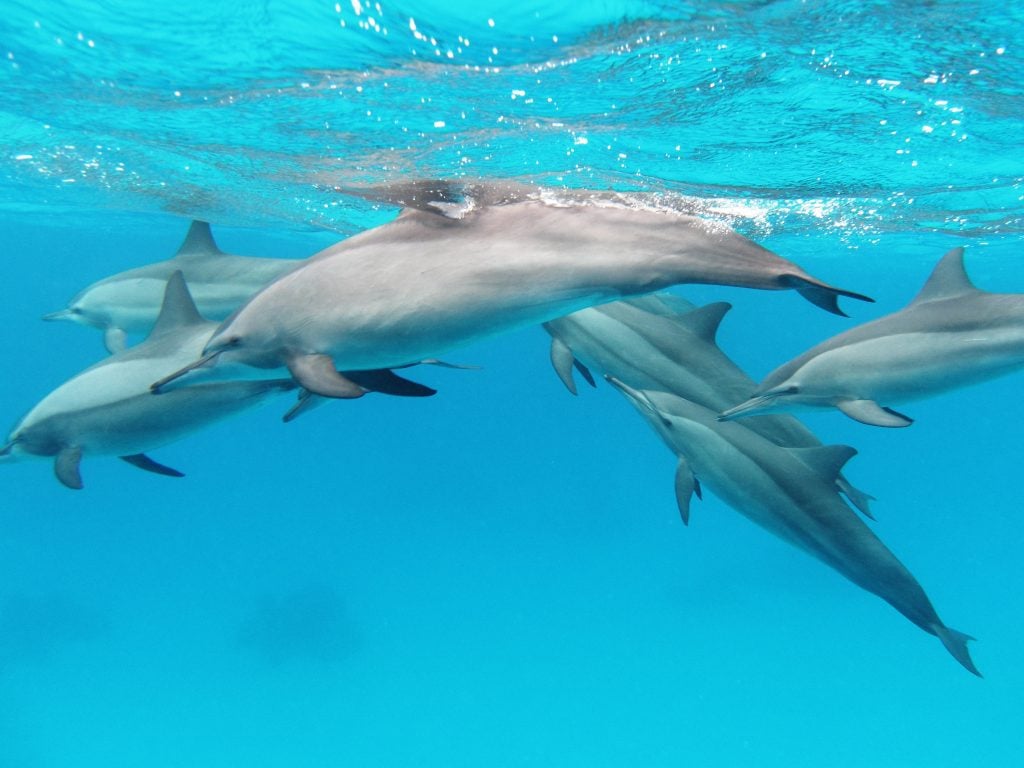
The speed and distance at which sound traverses underwater allow whales, dolphins, and other aquatic mammals to communicate with each other through vast distances. Remember what we said about the blue whale? It probably wouldn’t be able to communicate over such long distances on land.
The Pre-historic Nature of Aquatic Life
The history of terrestrial animals as we know it goes back 400 million years. However, water-based life stretches back an estimated 3 billion years. The chronology agrees with Charles Darwin’s theory of evolution, which states that all life evolved from water.
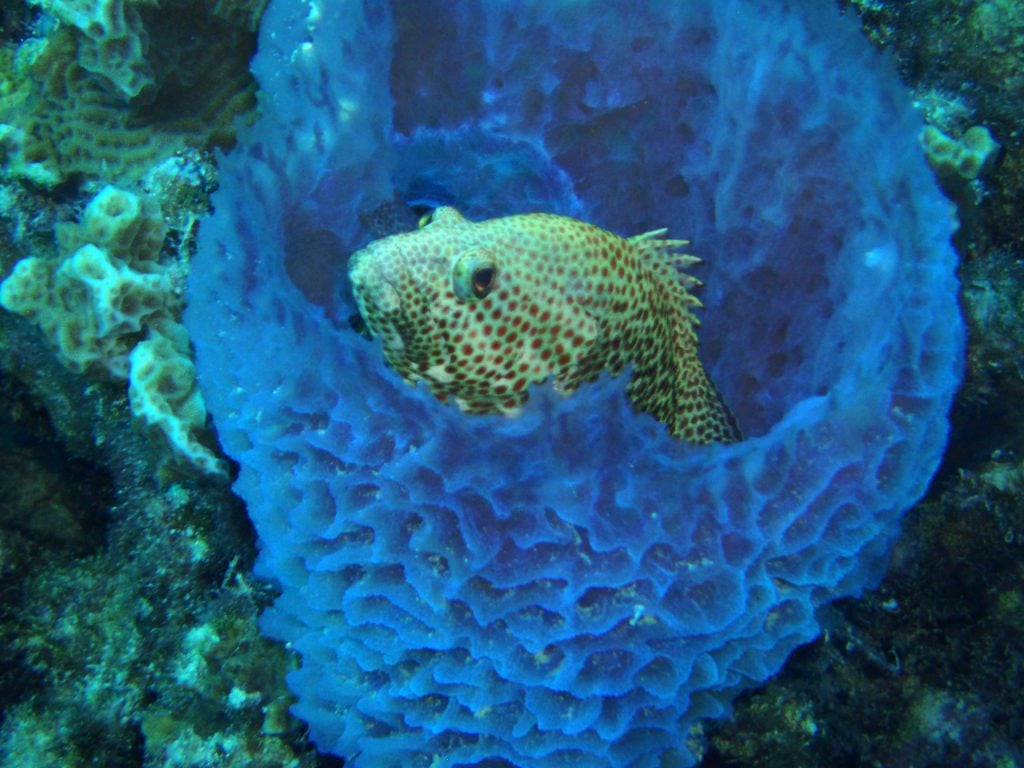
In other words, sea-dwelling creatures are historical icons and our ancestors. No wonder whales look like they possess so much wisdom, and we consider the aquatic life with so much reverence. This vast history just adds an extra layer of wonder to the mysteries of the deep sea.
Natural Habitat for the Biggest Animal on Earth
The ocean is home to the largest living animal, the blue whale. The magnificent mammal weighs up to 200 tons and measures a length of up to 105 feet. For size comparison, their hearts are about the size of a VW Beetle, and their tongues can weigh as much as an elephant!
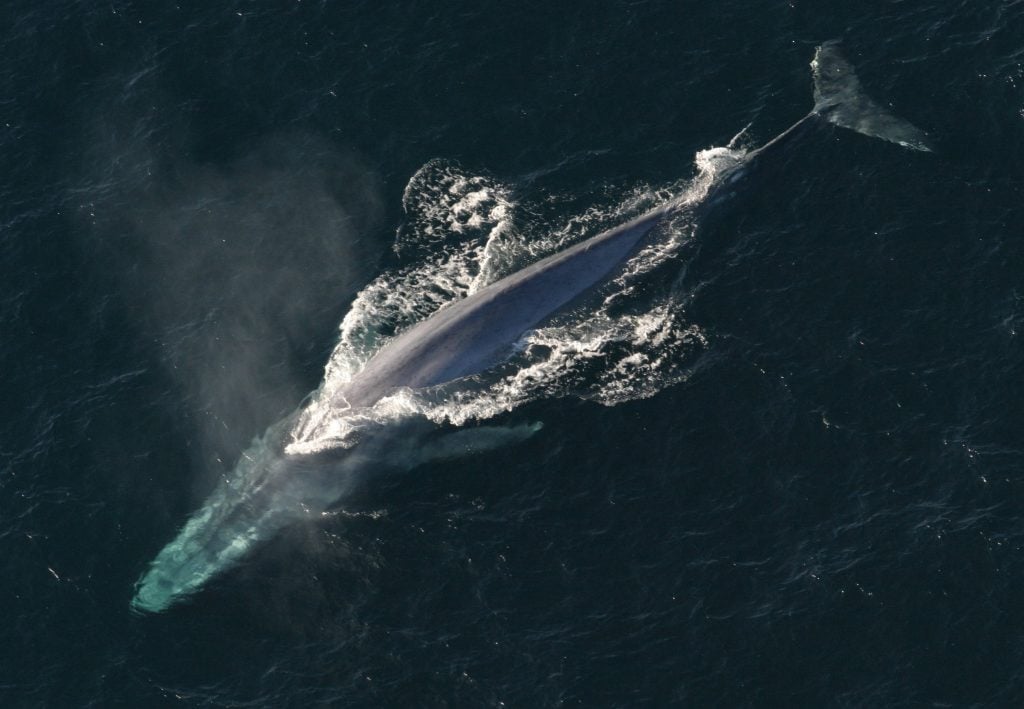
The whale’s blood vessels are so large that an average-sized human could fit through it. And it’s not just their size that’s big, but their sounds are, too. They can communicate with other blue whales about a thousand miles away.
Water Volume From Glaciers
In theory, sea levels will rise 267 feet if all the ice melts. However, according to scientists, it will take more than 5,000 years for every glacier in the world to melt. If this occurred, coastal cities would be leveled by water. New Orleans, Houston, Charleston, and possibly New York, would all turn into Atlantis.
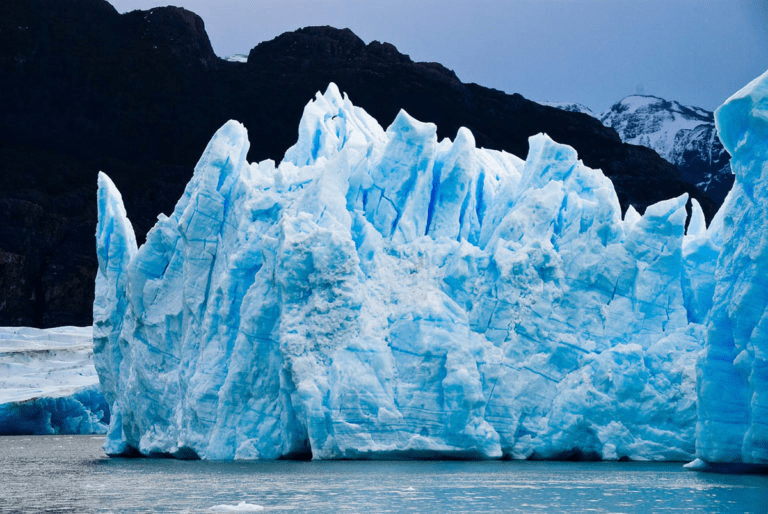
But don’t worry, city-wide floods aren’t an immediate issue. In order to reach that catastrophic event, the Earth’s temperature will have to rise to an unbelievable level. Of course, as we’re seeing now, even small changes make a difference. We may not see New York City underwater, but rising shorelines are certainly a possibility.
To The Moon And Back
The moon and the mid-Oceanic Mountain Ridge are two hard-to-reach areas, although one is obviously more difficult to get to than the other. What’s interesting, though, is which one was reached first. Any guesses? Was it within or without our atmosphere?
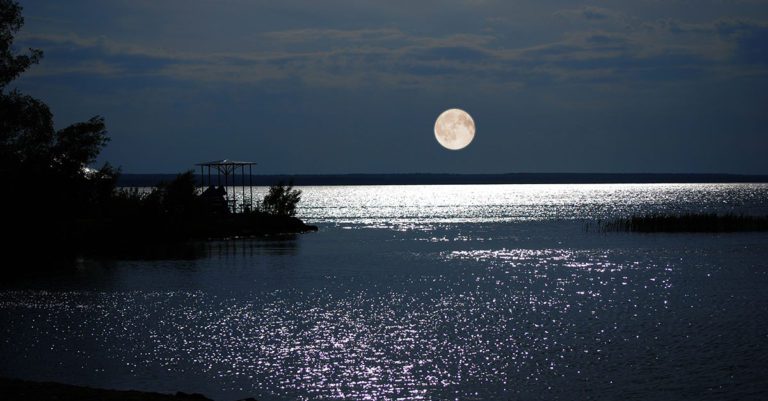
The moon was first walked on by the astronaut Niel Armstrong in 1969. Four years later, divers arrived at the bottom of the mid-Oceanic Mountain Ridge. Maybe it was because of the Space Race that humans were so determined to reach the moon. Regardless, it’s fascinating that we reached further up before we went down.
Water Territory
Technically, the United States’ borders don’t end at the coastlines of cities like Miami, New York, or Santa Monica. The real end is out at sea, though that has its limit. According to US laws of seas on Exclusive Economic Zones (EEZ), countries cannot own more than 200 nautical miles of water, starting from the land’s shoreline.
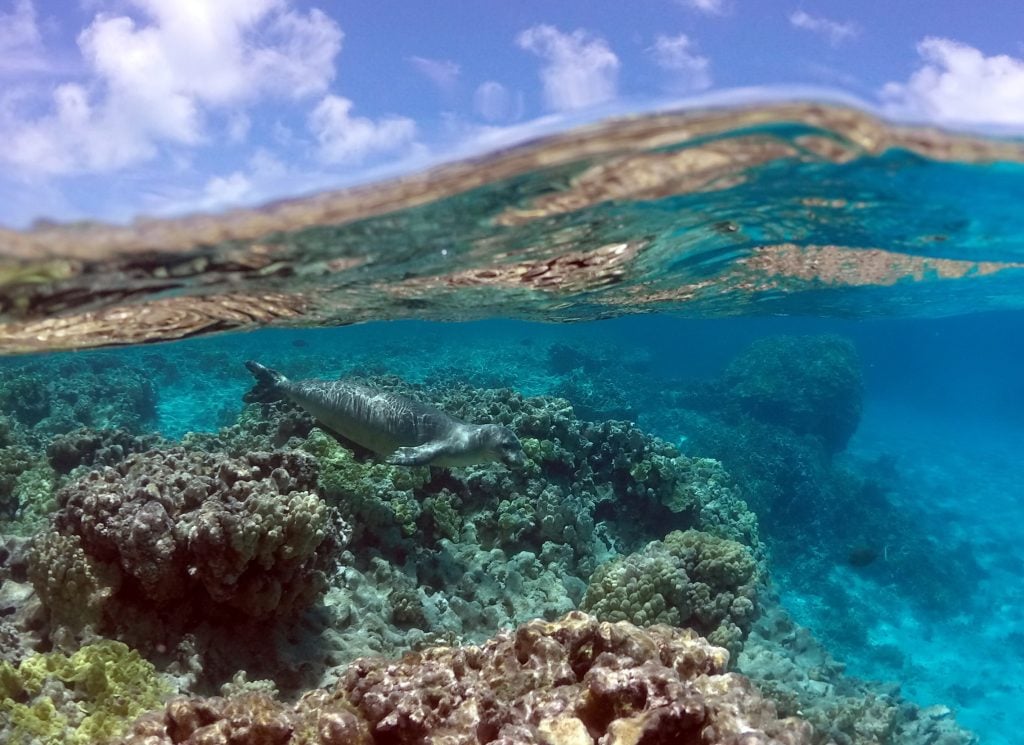
As a result of the huge amount of water-bordered lands, the United States is the country with the second-largest EEZ. Thanks to states like Hawaii and Alaska, as well as the long coastlines on the East and West, the total is a little over 4 million square miles.
The Pool of Plastic Garbage
What is called the Great Pacific Garbage Patch or Gyres lies in a swirling current of the North Pacific Ocean. Garbage patches can be found in many oceanic locations. A large volume of plastic waste litters the South Pacific, Indian Oceans, the North Pacific, and the South Atlantic.
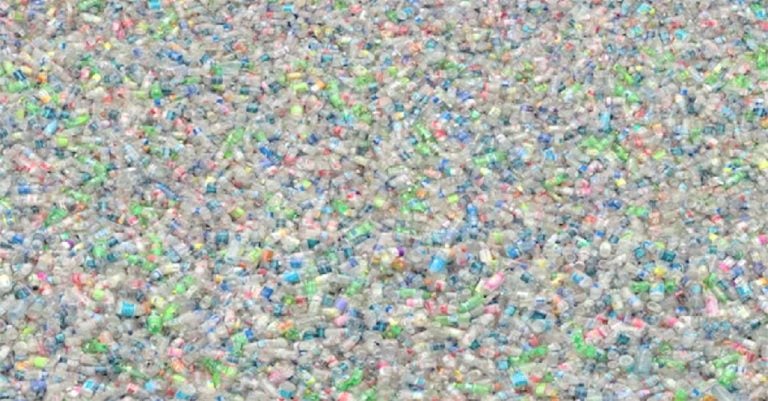
Gyres are usually accompanied by high wind movement. A distant aerial shot of a gyre, as seen above, is a collage of colors. Sadly, these colors are not preternatural hues of red or green found under the sea, but plastic garbage collected into inconceivable masses.
Beach Sand Is Actually Parrotfish Excrement
The typical brown or tan sand originates from rock formations a long time ago. However, the rare sand types characterized by their white color, found on Hawaiian shores, could be fish droppings. We can’t tell if that’s cool or gross. What do you think?
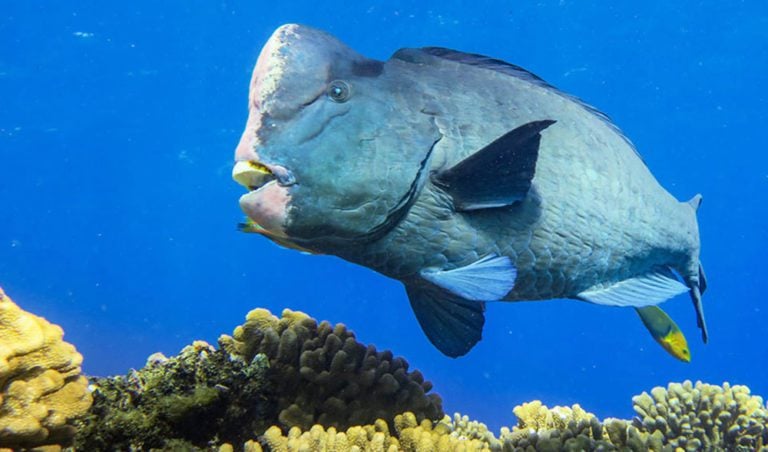
Parrotfish are known to feed solely on corals. After going through the digestive process, these fishes release fine hard grains of sand, which float up the water and are deposited on the seashore. As absurd it may sound, this is the true reality behind the pure white sands on Hawaiian coasts.
The Ocean is the Biggest Museum on Earth
By now, you must have started picking up a pattern — the ocean is home to many places and creatures that hold the record as being the largest in the world. Well, the oceans are also the largest museums in the world, and Mother Nature is a wonderful curator.
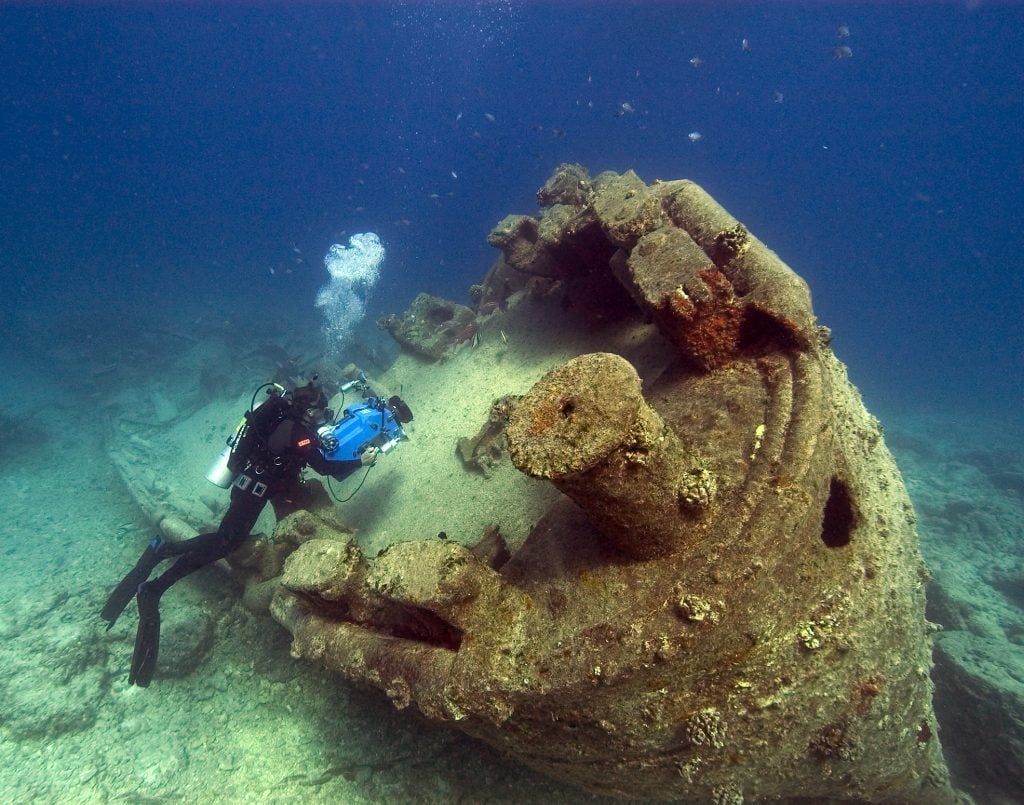
It contains whole cities, too. For example, the town of Baia in Italy is completely submerged in the ocean. This town has become a tourist attraction where visitors put on scuba gear and swim through the houses, structures, and relics of the drowned city.
The Indian Ocean
The Indian Ocean is the most temperate ocean in the world. The water body, formerly known as the Eastern Ocean, records an average surface temperature of 74 degrees Fahrenheit. It is also recognized as the third biggest oceanic division in the world, spanning over 70 million kilometers.
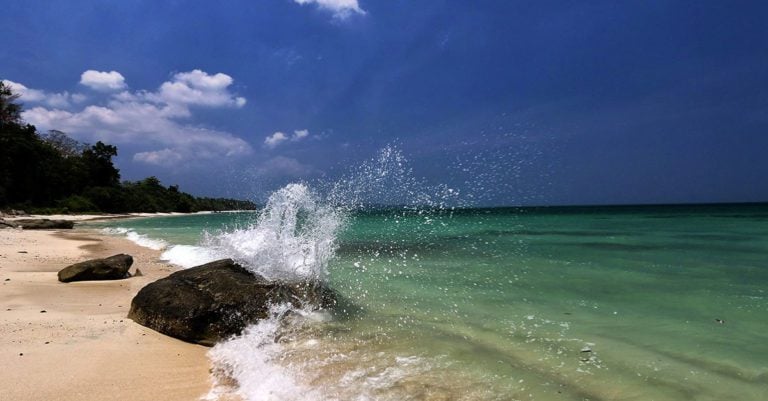
The Indian ocean consists of nearly 19% of the Earth’s surface water. The ocean contains a number of regional seas or marginal seas like the Arabian Sea, the Laccadive Sea, the Bay of Bengal, and a few others. In the summer months, it’s home to the largest concentration of phytoplankton. How cool is that?
The World’s Biggest Mountain Range Exists Underwater
When asked what the largest mountain range is, most people would guess that it’s the Himalayas or Andes. But did you know that the Earth’s biggest mountain range is actually underwater? Yet another oceanic record-breaker is the Mid-Atlantic Mountain Range.
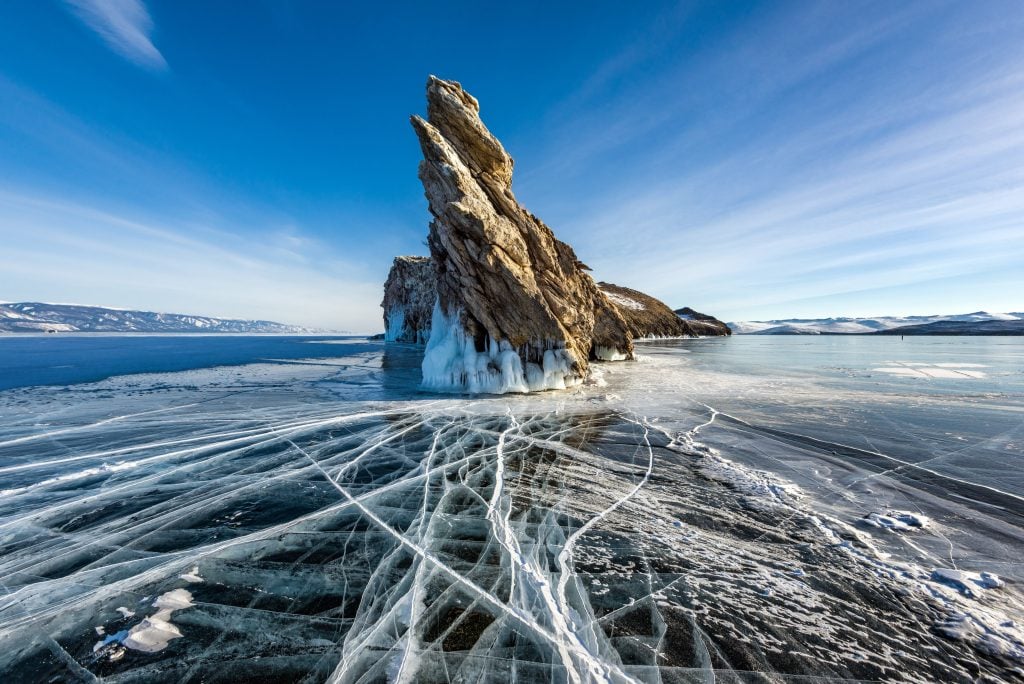
The Mid-Atlantic Mountain Range covers over 40,000 miles of horizontal distance, nearly touching the corners of the world, and its peak shoots 10% above the water. It was created as a result of diverging tectonic plates in the ocean’s center protruding due to magma emissions from the Earth’s core.
Energy of the Ocean in Motion
The kinetic energy of water is a great source for power generation in hydroelectric power stations. Unfortunately, losses during the energy conversion and limited capacity don’t allow us to take full advantage of this renewable energy resource. But that doesn’t mean that we shouldn’t keep trying.
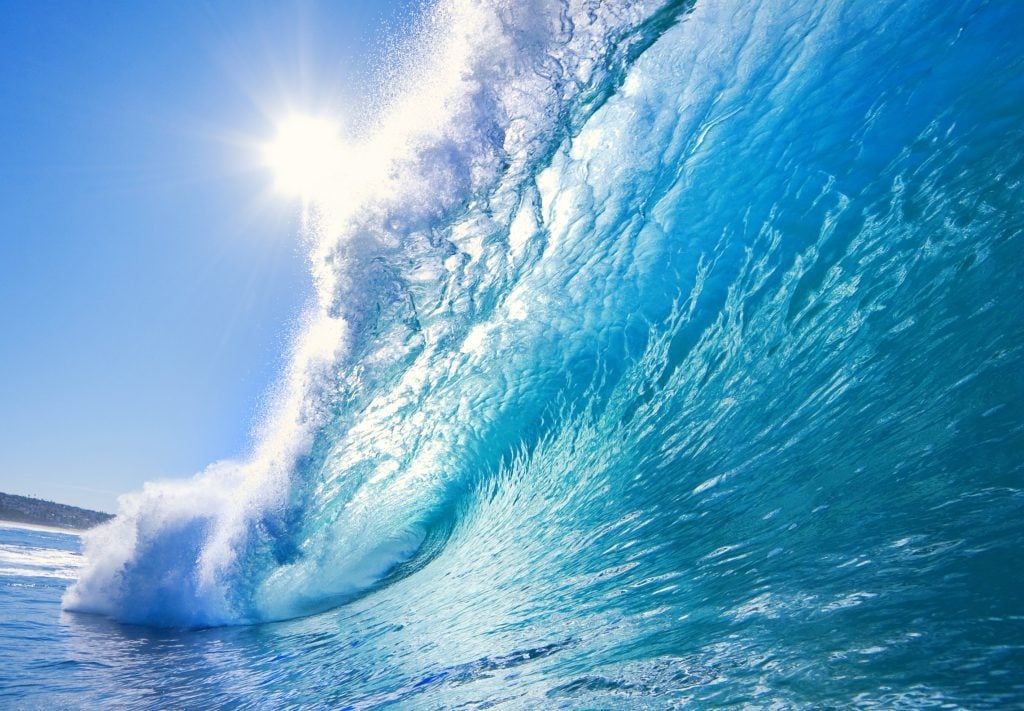
If the full potential of just 0.1 percent of the ocean’s kinetic energy were harnessed, we would have an energy solution that supplies more than five times the constantly increasing global power demand. The wonders of the ocean never cease, do they?
Mating and Competition
If you think humans are the only life forms that can multitask, think again. Caribbean reef squids possess the ability to change colors, an attribute they use for both wooing females and competing against other males. Of course, the use of colors to attract females is not unique to the squid, but the multi-purpose is what’s special.
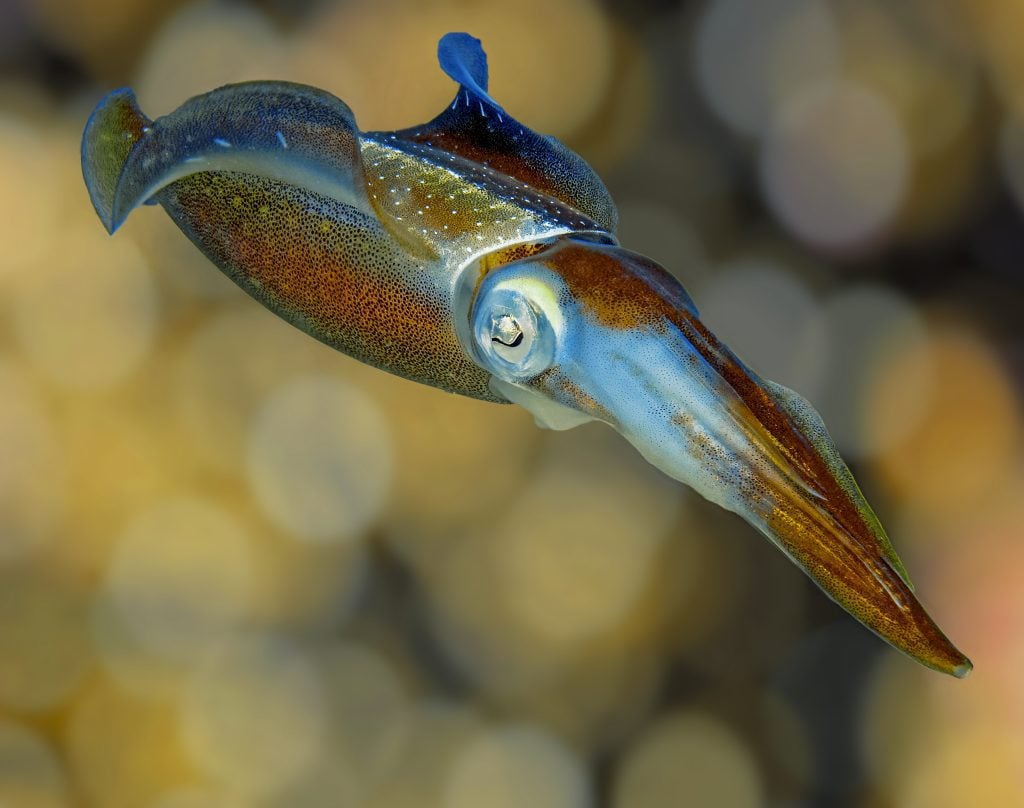
In the process of mating, male squids change parts of their bodies to different colors; the part facing the female remains red, while the other side turns white as a decoy to prevent them from being detectable by other squids.
Earth’s Largest Volcano Underwater
Here’s yet another record breaker. While it may not be a surprise to learn that the biggest volcano can be found underwater, the size is truly astonishing. Tamu Massif, located in the Pacific Ocean, is approximately the size of New Mexico.
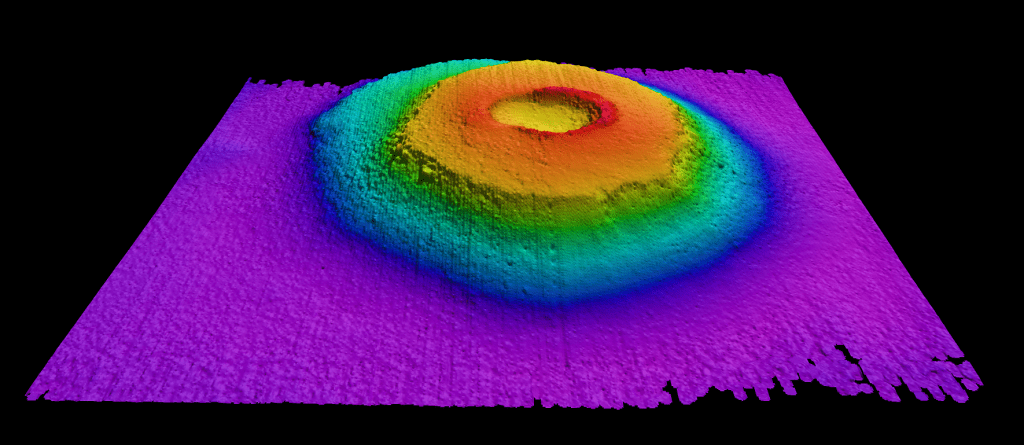
The Tamu Massif is 14,620 feet tall and has a depth of 6,500 feet underwater. It is classified as a hybrid, possessing features of both a shield volcano and a mid-ocean ridge. It constitutes one of the ocean ridges formed by plate tectonics.
A Sea Within an Ocean
It’s hard to make sense of that at first, but the Sargasso Sea exists without land borders. The sea is made up of Sargassum, a special seaweed that grows on the ocean’s surface. What makes it special is that Sargassum are free-floating.
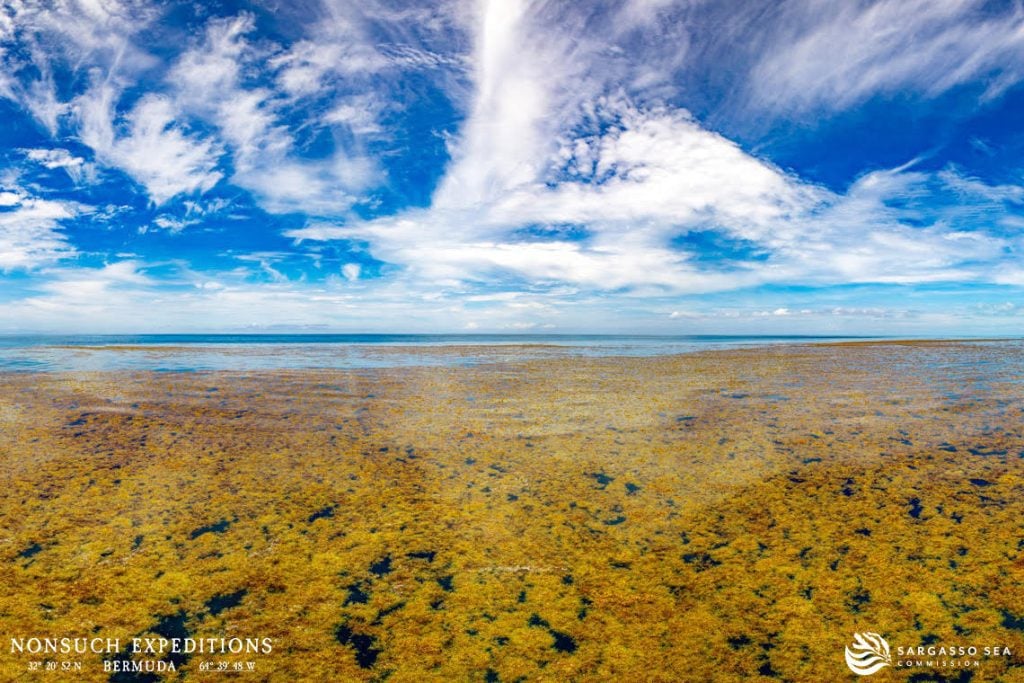
The Sargassum seaweed propagates on the surface of the ocean and floats around freely. However, it is trapped in a specific region by virtue of currents that converge on it from four different directions. In that sense, the seaweed exists as a sea of its own.
So Long And Thanks For All The Fish
If intellect was measured in terms of size, then dolphins are the smartest creatures to exist after humans. Dolphins possess significantly larger brains relative to their body size, whereas other similarly sized animals have a larger body relative to their brain size.
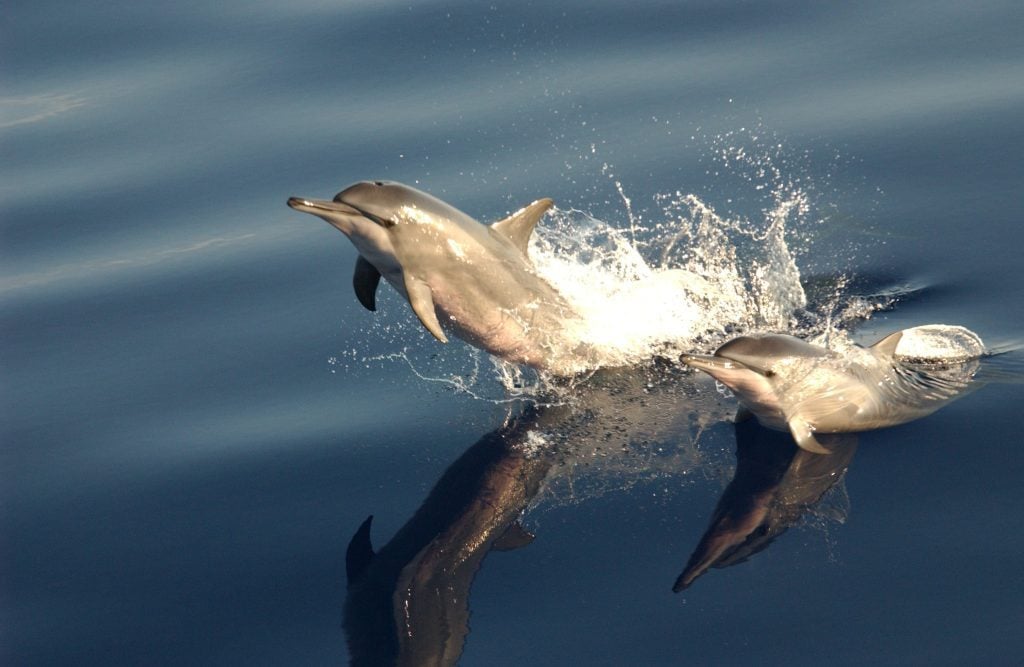
In addition, research by neurologists on dolphins’ brains reveals higher neocortex region activity than in humans, which in turn means dolphins utilize more of their brainpower potential. The neocortex is responsible for processing emotions and organizing thoughts. Douglas Adams wasn’t wrong when he portrayed dolphins as intelligent creatures.
Ring of Fire
No, we’re not talking about the Johnny Cash song; we’re looking at oceanic geography. The Ring of Fire resembles Mid-Atlantic Ridges in appearance; however, their origins are different. The Ring of Fire is formed due to converging tectonic plates along the water-land boundary surrounding the Pacific Ocean.
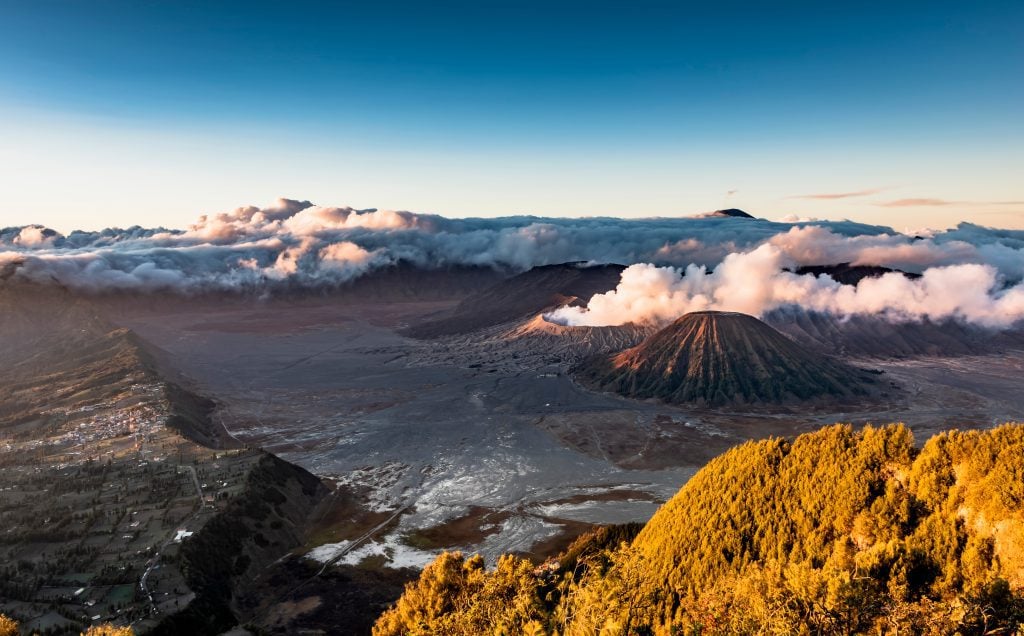
A horseshoe-shaped pattern under the Pacific Ocean is home to a chain of volcanoes. Can you guess where it got its name? Shifting tectonic plates cause eruptions that span across China, Indonesia, Japan and Australia all the way towards the west coast of Canada and the United States. This concatenation accounts for 75% of all the volcanoes in the world.
Message in a Bottle
A man living in Prince Edward Island has flung over 8,000 messages into the open sea in the hopes of getting a response. Harold Hackett claims to get at least one response every day and has received over 4,000 replies. According to Harold, the bottle typically contains a note and his home address.
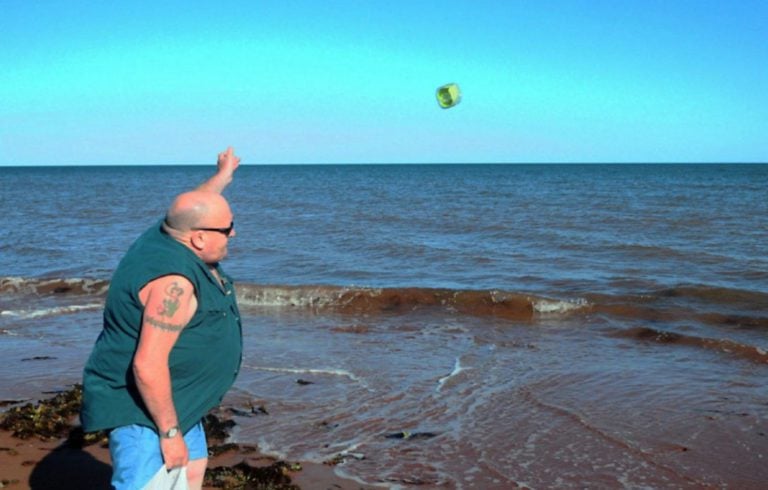
As cute as the story is, the tale ended after 22 years. Although it is a sweet sentiment, it is no surprise that he was criticized for polluting the already over-saturated ocean. Plastic bottles may be better to send messages, but their environmental cost is too great to let slide, even for a heartwarming story like this.
Gray Whales Are Marathon Swimmers
Gray whales go the extra mile — literally. Their migration starts off at the Pacific Coast of Mexico, where the whales find the waters to be an ideal temperature for delivering new offspring. After giving birth, they migrate over 10,000 miles to the Arctic seas in search of food for the summertime.
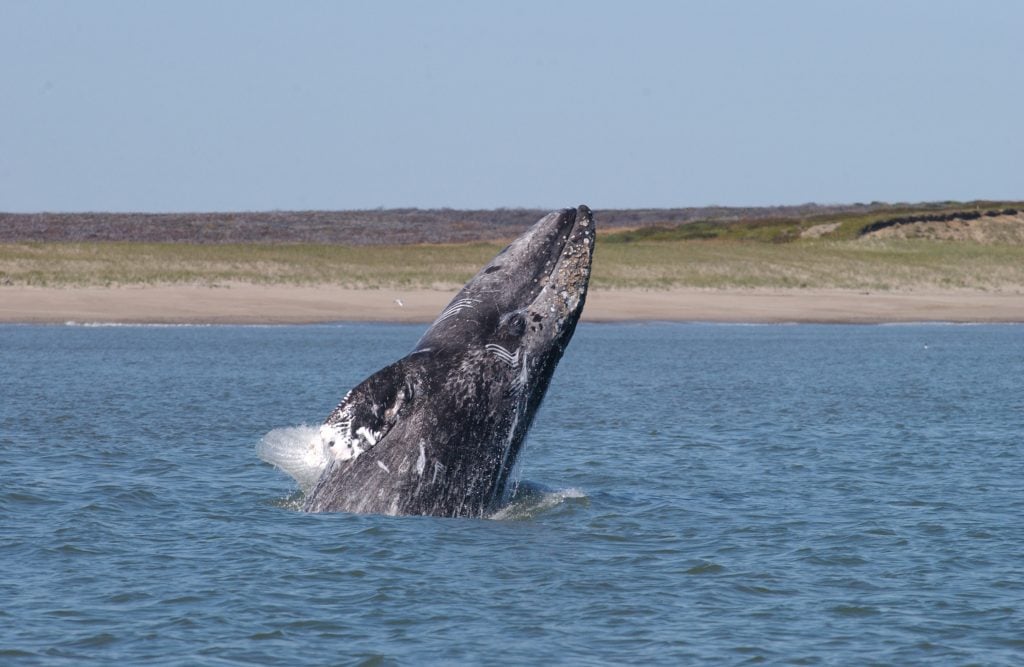
As the heat gives way to cold, they traverse more than 10,000 miles back towards the coastline of Canada, Alaska, and the United States, with warm waters suitable for giving birth yet again. They keep a distance of at least three miles from the shoreline throughout their trips.
Shifting Sizes of the Oceans
The only thing that separates the oceans are the imaginary lines drawn by humans. Ask any shark, and they won’t know the difference between the Atlantic Ocean and the Pacific Ocean. With the arbitrary lines set, scientists have noticed that the oceans change size over time.
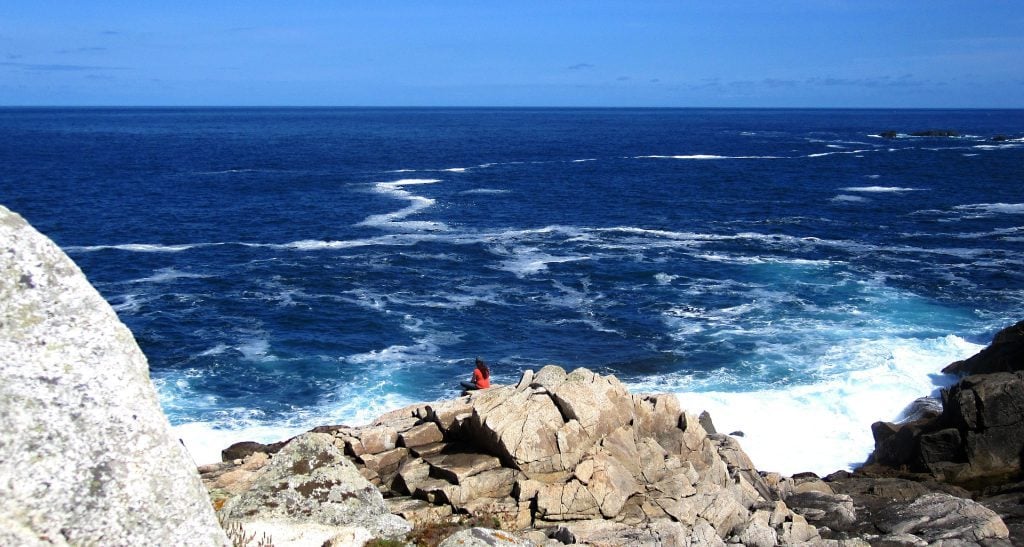
The oceans increase and decrease in size as a result of shifts in the tectonic plates. The Mid-Atlantic Range is responsible for the increasing size of the Atlantic Ocean. According to geologists, America moves westward by an inch every year. Pangea may have long since spread apart, but that doesn’t mean that it’s done yet.
Point Nemo
The Island Point Nemo, dubbed the Pole of Inaccessibility, is the most remote place on Earth. It lies in the middle of the Pacific Ocean, equidistant from New Zealand, Antarctica, and South America. The name, Point Nemo, was derived from a character in the book Twenty Thousand Leagues Under the Sea — Captain Nemo.
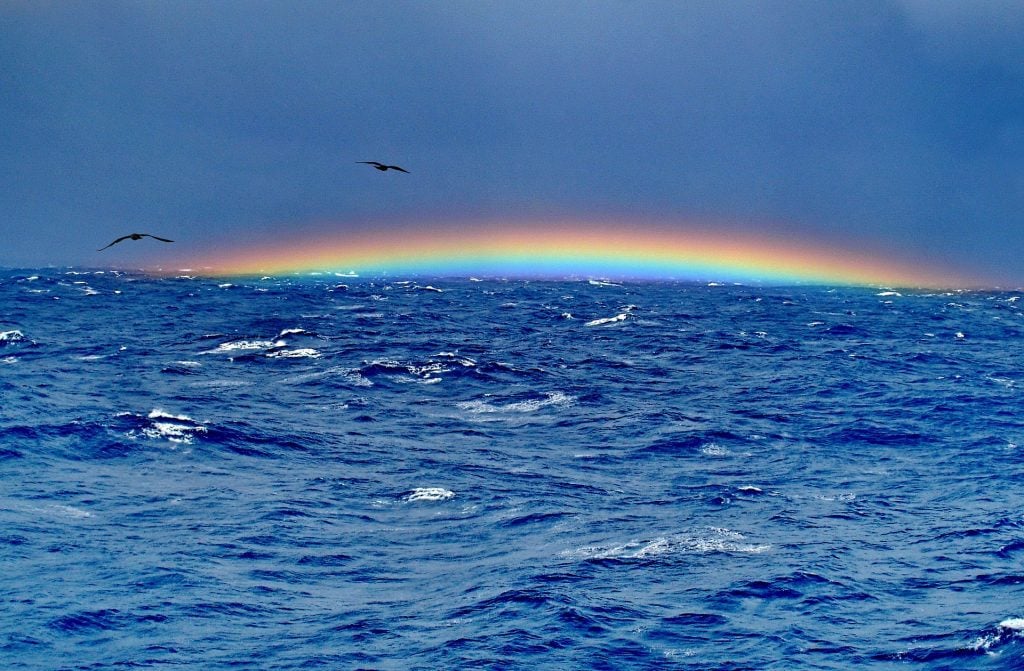
Point Nemo, officially “discovered” in 1992, is a recommended spot for a recluse who would like to be away from people as much as possible. The area is so remote that sometimes the nearest humans are astronauts! In fact, since it’s so far away from any major landmass, it has become an ideal spot for shuttle landings.
Killer Whales Hunt in Groups
Wolves aren’t the only animals that hunt as a team. Killer whales are also pack hunters, and go after their prey in large groups. These oceanic hunters are loosely referred to as “Wolves of the Sea,” with their pods indeed resembling wolf packs.
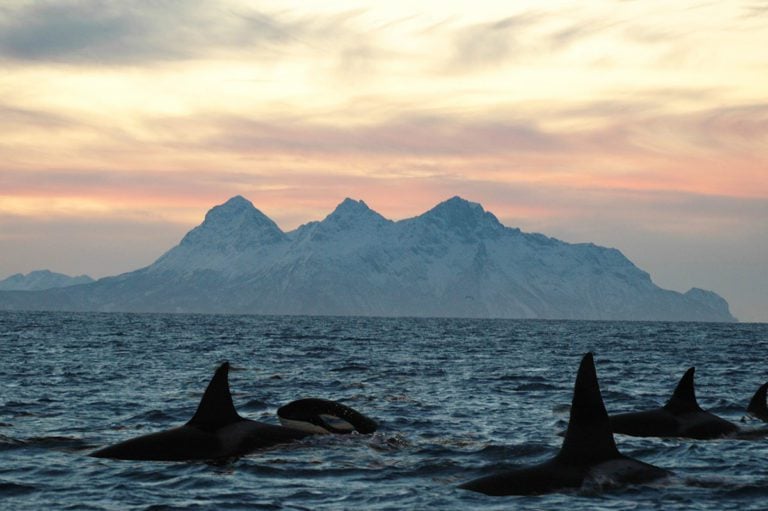
One pod could comprise more than 40 predatory whales. Due to the strength of their numbers, orcas can hunt big animals like blue whales. To this end, they spend significant efforts separating a parent shark from its offspring. Free Willy just got a bit darker, didn’t it?
Color Spectrum In The Ocean
The spectrum of visible light consists of rays with varying wavelengths; what we see as white light is actually a variety of colors in one beam. Remember the Pink Floyd album cover? Colors with longer wavelengths (blue) appear cooler than those with shorter wavelengths (red). Light rays passing through a liquid medium get filtered.
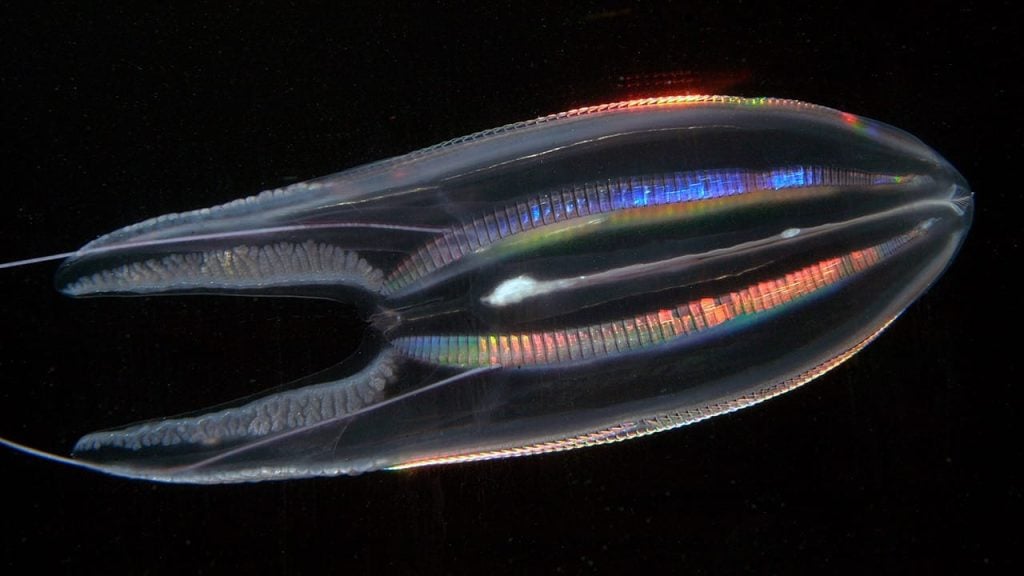
Water interferes with the natural perception of colors, meaning the deeper you go, the fewer colors there are to see. The first to get filtered out is red, and at extreme depths, only blue is left. The bottom of the ocean is not shades of gray but shades of blue.
Around the World In 80 Days?
According to physics theory, the salinity and temperature properties of water give it an inherent current through which it transverses around the world. The journey starts off in the region with the coldest and most abundant salt content. Currents don’t just carry messages in bottles…
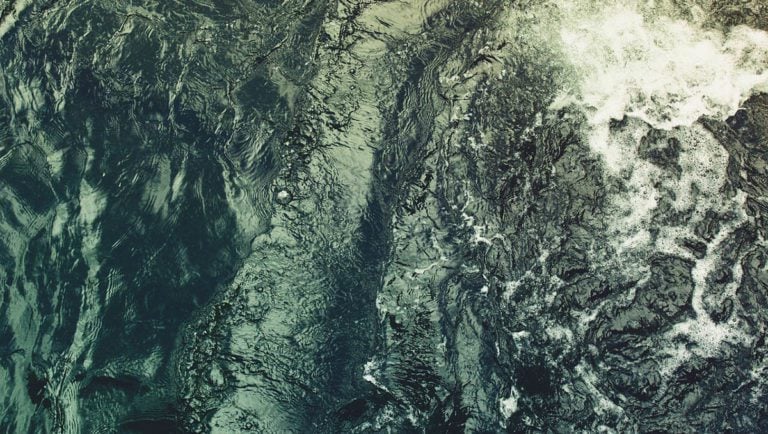
Calculations reveal that a single droplet of water would take a thousand years for a round trip around the globe. It’s hard to imagine these massive swathes of water having any quantifiable movement. After all, when we visit the ocean, we can’t hold a single droplet of water in our hands. Crazy, right?
Meet the Largest Living Thing in the World, the Great Barrier Reef
The most enormous living organism alive, the Great Barrier Reef, is so large that an image of it can be captured from space. The giant organism is lengthier than the distance from Miami to New York City. But how is such a large area considered alive?
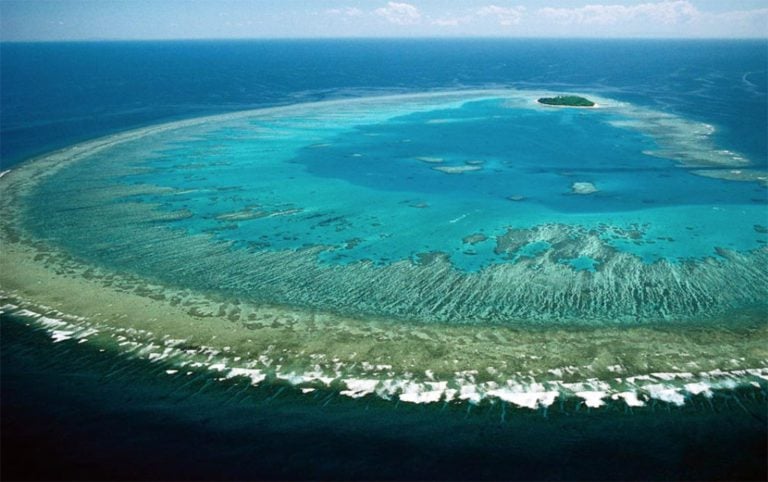
The reef contains a combination of various aquatic creatures: 1500 kinds of fish, 411 types of hard coral, 134 species of sharks, and a large population of hard corals. Up close, the reef is a beautiful splash of colors, but from space, it presents itself as a vibrant blue.
Flounders Are Masters of Stealth
Flounders have special skin cells that allow them to assume the color of their surroundings. This skin cell is called chromatophore, which is what allows them to transform their color in a matter of minutes. Comparitively, humans have monomatophore skin cells, which is why we can’t change our skin color. (Tans not included)
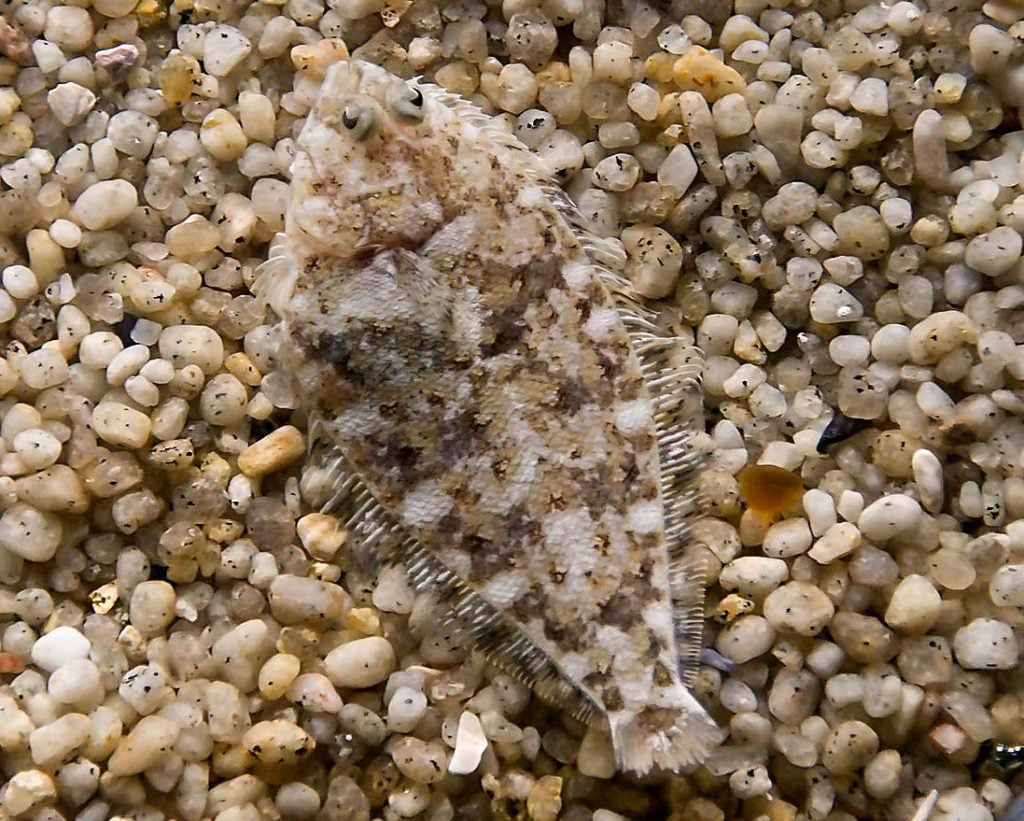
Flounders use this talent to avoid predators by camouflaging with their surroundings to make themselves undiscoverable. A scientist tested the flounder’s ability to change colors on a checkerboard, and within a minute, the sea animal picked up the board’s check pattern.
Deepest Free Dive World Record
A New Zealand man, William Trubridge, holds the world’s free dive record. He broke his own record of 400 feet, created a few days prior to the new record he set at 407 feet deep. The total trip down and up the water took four minutes, twenty-four seconds.
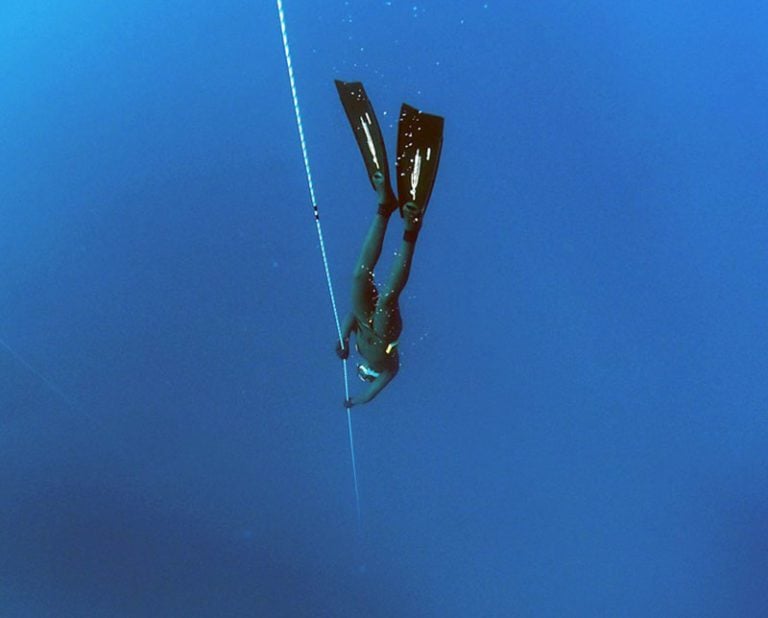
Thirty feet into the water, William’s lungs shrunk 150% of their normal size. Approaching 40 feet, water resistance attributed to an upward force gave way, allowing him to pick up dive speed. By the time the dive reached 400 feet, his chest had contracted to half its original size.
Water Bodies within the Ocean
It sounds like inception, but it’s real. As the Earth forms creases, channels, and indentations through natural and human activity, the ocean does the same. Density properties, such as the ones that make the Denmark Strait waterfall, cause countless other aquatic phenomena.
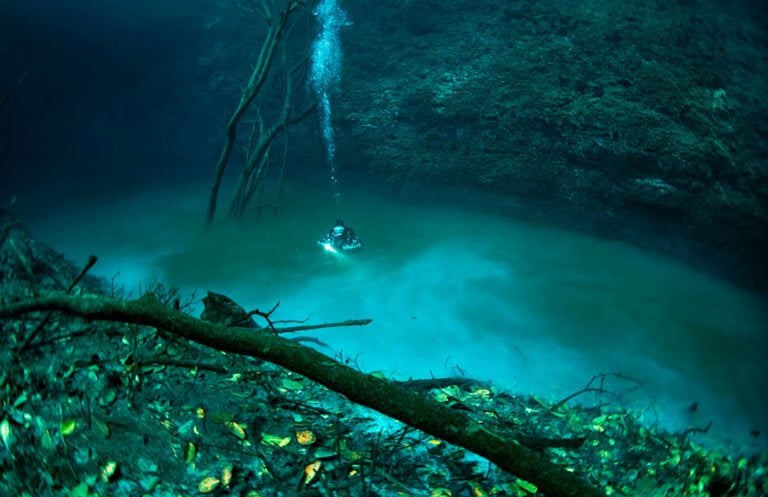
On the ocean’s bed, chemical reactions due to salt content and the upward movement of water cause the formation of rivers and lakes. The whole process is considered scientifically as phenomenal, and there are records to prove its existence. As a result, this creates ecosystems embedded inside ecosystems that could spiral internally like so to infinity.
The Glass-Carpeted Beach
Behold the beach with glass plasters the shores. Situated at Fort Bragg, California lies the now eye candy beach, which is in fact a product of refuse waste. The natural workings of the sea transformed the chaos of a refuse dump into a glassy spectacle.
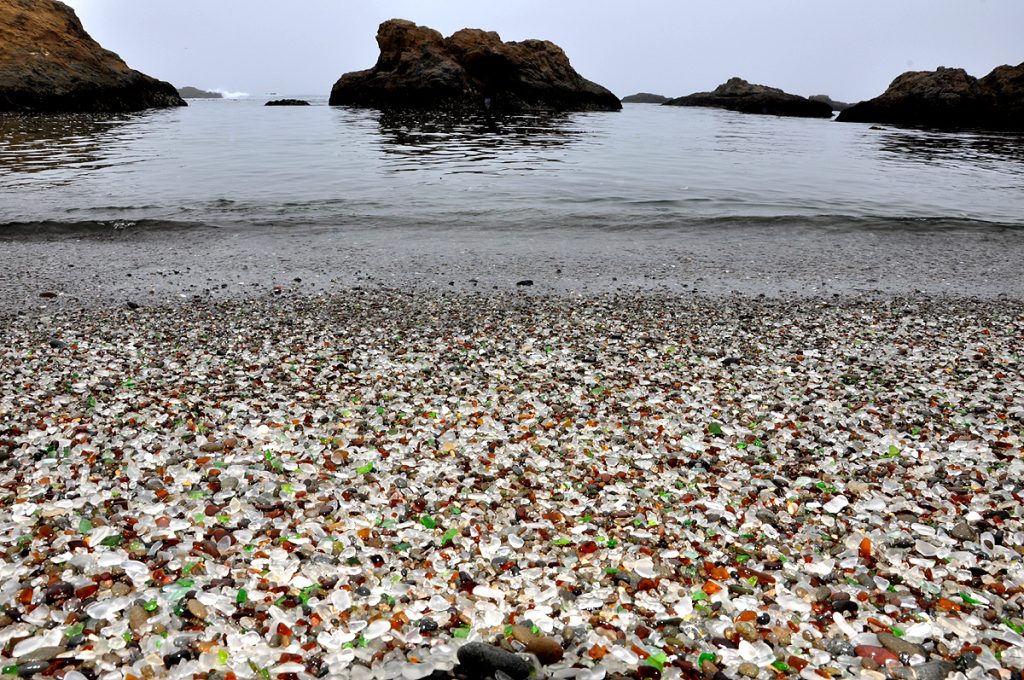
Over time, the waves smoothed out the dirt heap, thereby implementing a glass-covered beach on the once inaccessible trash dump located in Mackerricher State Park. Guess the ocean wasn’t comfortable with the smelly trash dumped on its shores. Can you blame it?
Time Travel Via The Sea
Science research has led to the discovery of an official path that distinguishes dates on the calendar. This path is named the International Date Line. It is said that the line loops around the north-south axis of the globe, slicing through the Pacific Ocean.

Going over this line while traversing the Pacific Ocean by sea essentially means traveling back or forward in time, depending on the direction of your travel. Therefore, crossing the line is akin to time travel. If you want to try time traveling, take a flight that crosses the date line.
Untapped Gold Mine
Besides being beautiful, the ocean is also a large storehouse of wealth — we’re not just talking about the lost treasures of the Titanic. The ocean is estimated to contain 20 million tons of gold, spread out so sparsely that measurement is quantified in parts per trillion.
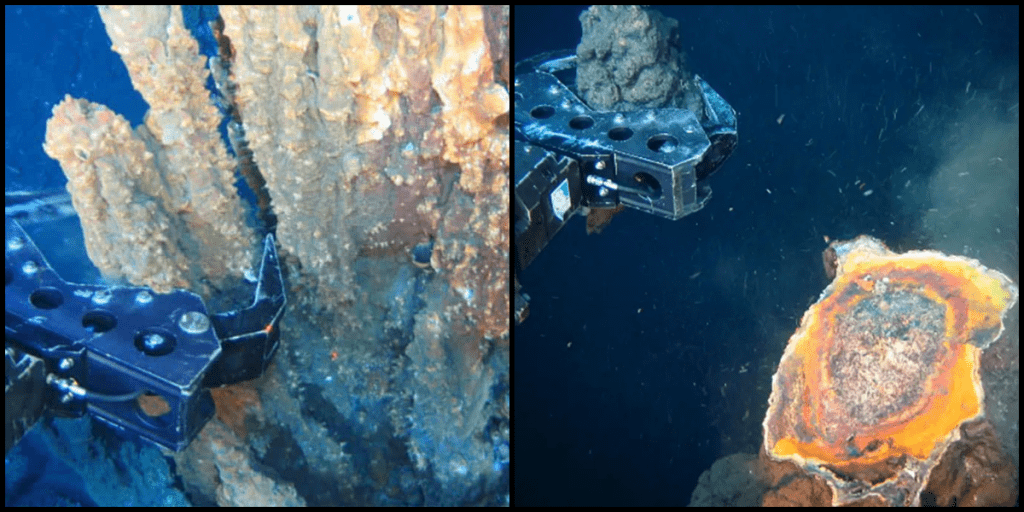
Peradventure, all the gold in the ocean was extracted, nine pounds of gold could be distributed evenly amongst Earth’s population. However, the process for extracting it is very cumbersome, and most times, a fraction of the gold gets lost in the extraction process.
Sailfish Would Get Speeding Tickets
Sailfishes, famous for their streamlined body, slim arrow-like shape, and high dorsal fins with a striking resemblance to sails, are the fastest fishes in the world. The sea animals have an average speed of 68 mph, which is higher than the speed limit on many highways.
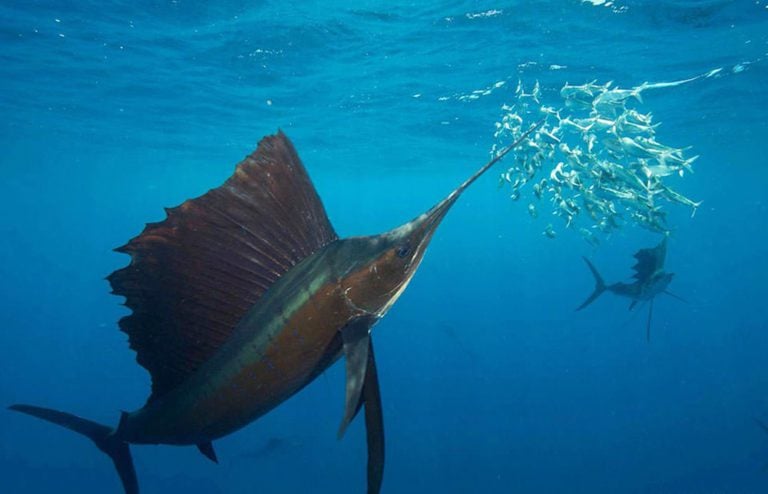
Some other interesting feature of the sailfish is its spear-shaped upper jaw, which it uses to catch prey. It also employs its high dorsal fins to trap large scores of prey, with the support of other sailfish. When sailfish encounter bigger prey, they use their jaw to make the prey indisposed by stunning them before delivering the killing blow.
Sea farming happens on the Ocean Floor
Contrary to the belief that farming is only a land-based activity, the cultivation of sea plants underwater happens, too. Aquaculture is the development of marine food for customers’ consumption. There are two major branches of aquaculture practice: freshwater and marine.
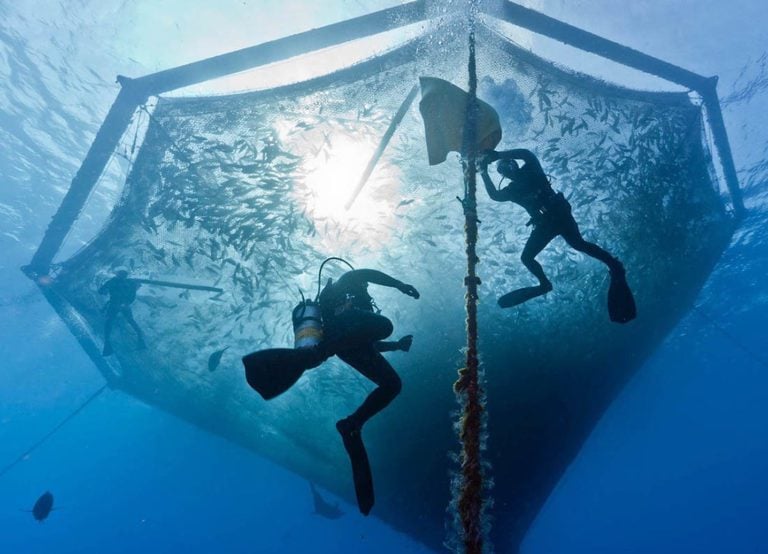
Sea creatures like bass, trout, and catfish fall under freshwater farming. While the animals involved in marine farming are shrimps, clamps, kelp, seaweed, mollusks. In Japan, people grow seaweed in places as large as a whole plot of land for sushi. The spaces devoted to sea farming have a similar appearance to land-based projects like corn farms.
Fish Never Fall Asleep
A lot of research is ongoingly devoted to figuring out why fish don’t sleep. At any rate, scientists have stated that fish never reaches unconsciousness. They may rest sometimes and float around but they maintain awareness of potential threats at all times.
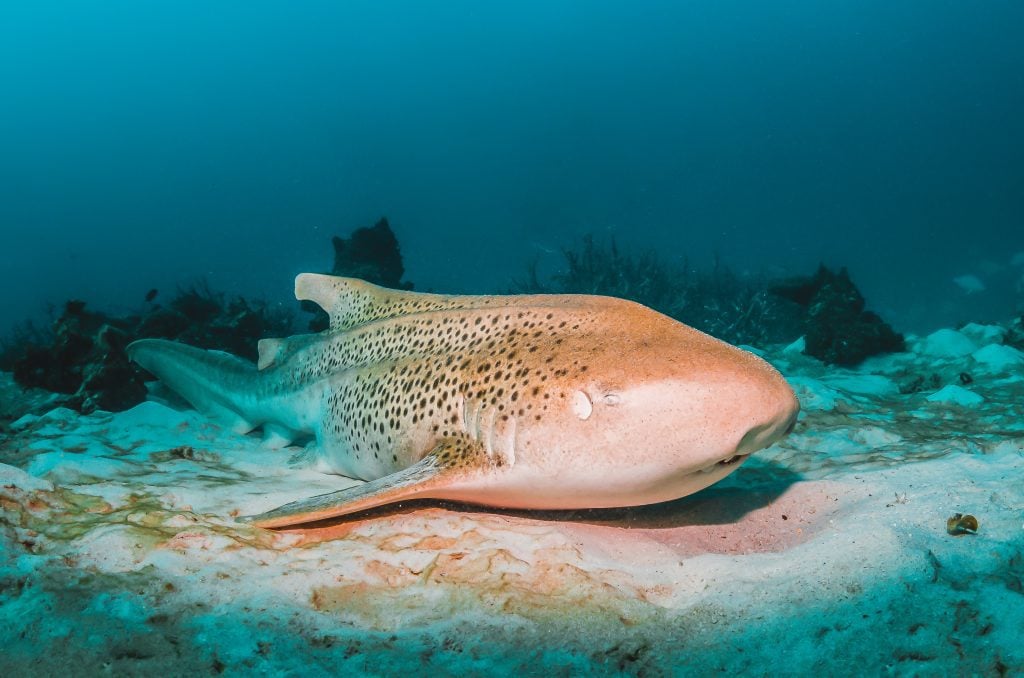
Despite fish’s inability to sleep, researchers are of the opinion that they observe rest periodically, which helps them replenish depleted energy. It’s a fine balance between awareness and endurance. If only humans could develop this ability. Eight hours a day is so time-consuming!
Our Ocean Floors Are Without Maps
There are more than a dozen satellite pictures available on the map of the Earth and the ocean sea bed. These images are of amazing quality and can be used to accurately inspect the properties on the land. However, sea objects smaller than three miles long are not represented on the map.
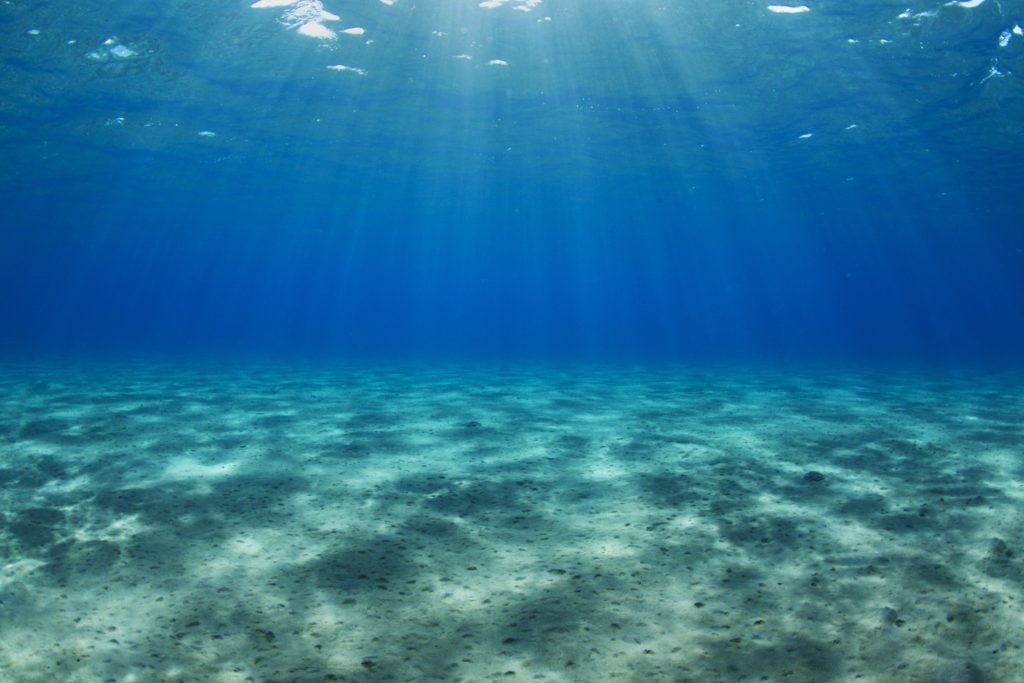
As a result, the amount of ocean floor properties missing on the maps makes up 95%. Therefore, satellite imaging gives us a clearer description of the moon and other bodies in the solar system than the ocean floor. The poor capture of ocean floors is due to obstruction of water. It obscures most of the properties underneath.
